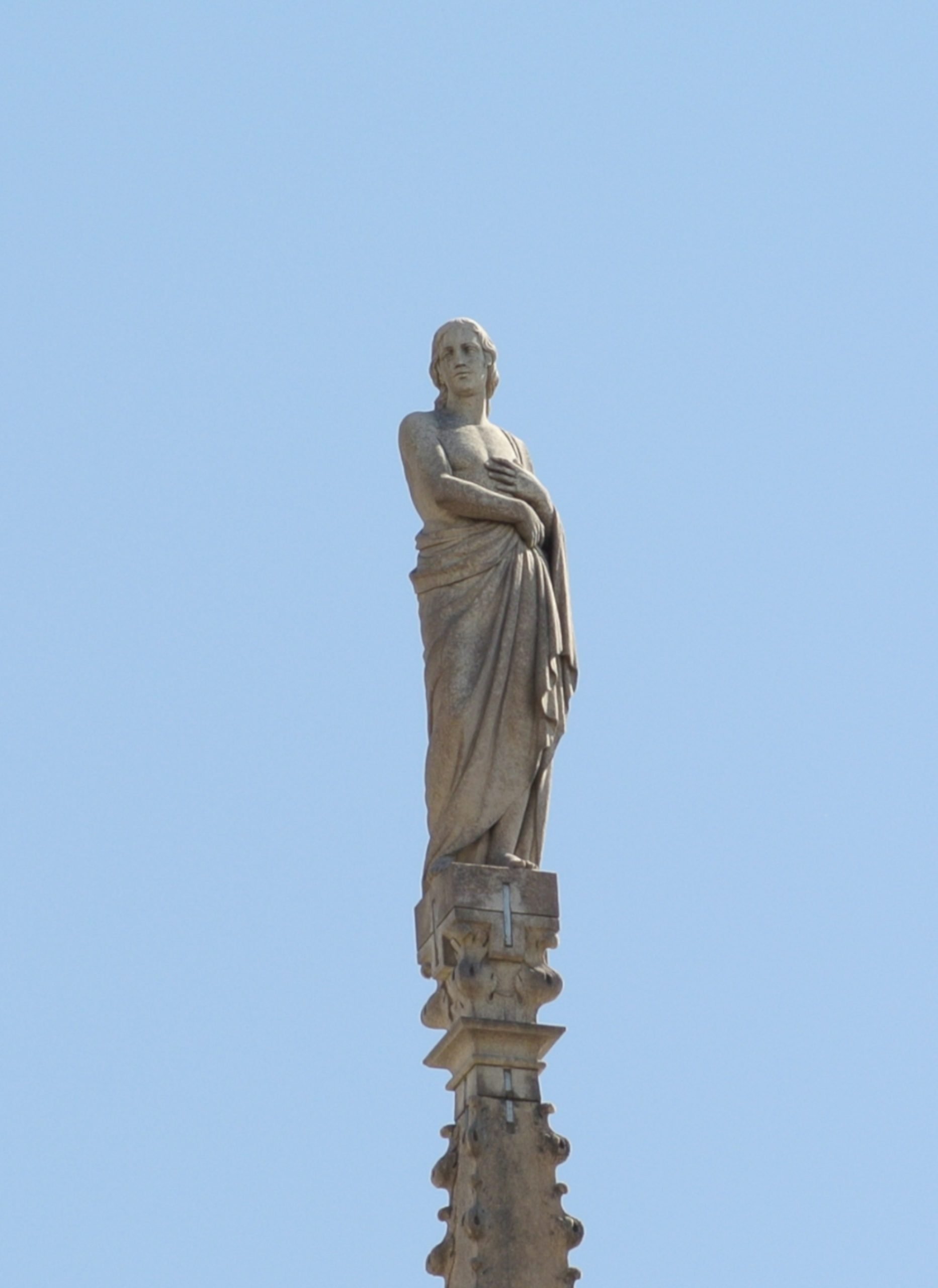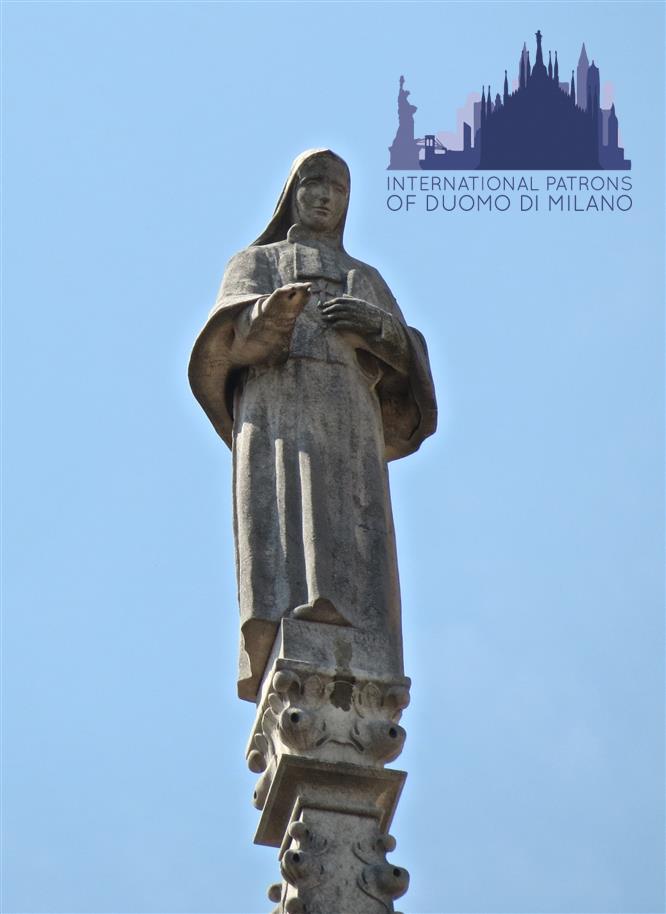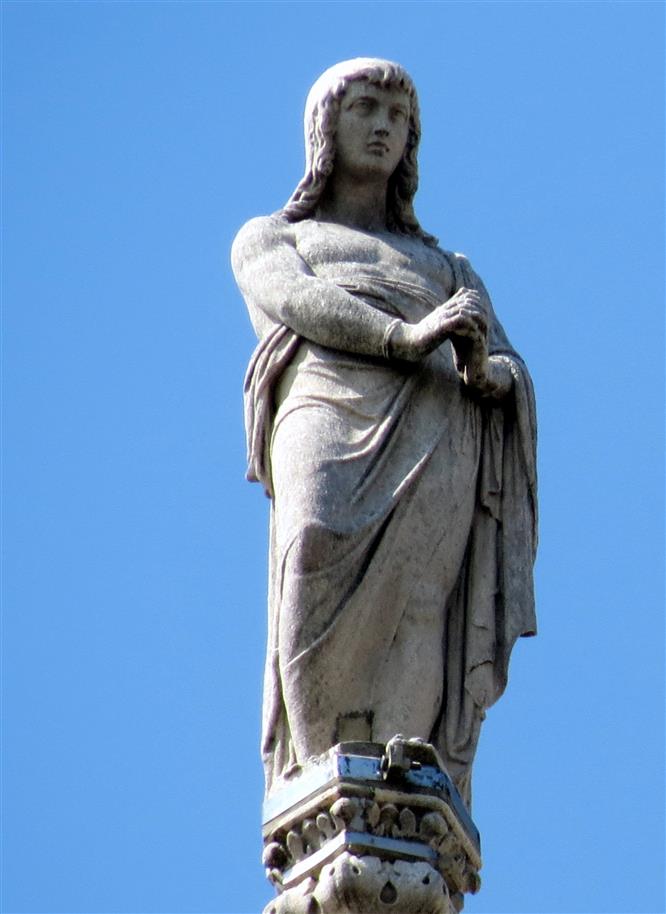St. Francis was born in Assisi around 1182 and died in 1226. Born Giovanni Francesco Bernardone, son of a wealthy cloth merchant, educated in Latin, French and in Provençal language and literature, as a young man he lived a carefree and high-spirited life. He participated in the war between Assisi and Perugia, and was held prisoner for over a year, during which he suffered from a serious illness that would later radically change his style of life. In fact, once he returned to Assisi in 1205, Francis devoted himself to charitable work among the lepers and began to engage in the restoration of buildings of worship in ruins, after having had a vision of St. Damian of Assisi, who ordered him to restore the church erected in his name. Francis’ father, angered by the change in his son’s personality and his sizeable offerings, disinherited him. It was then that Francis stripped himself of his rich clothes before the bishop of Assisi, chosen by Francis to act as arbitrator of their controversy. He dedicated the following three years to caring for the poor and lepers in the woods of Mount Subasio. It was in the chapel of Santa Maria degli Angeli, in 1208, that one day, during Mass, he was inspired to go out into the world and, according to the Gospel of Matthew (10:05-14), deprive himself of his material possessions and do good unto others. Upon his return to Assisi that same year, Francis began to preach, gathering around him twelve followers who became the first brothers of his order (later known as the First Order) and designated Francis as their superior, centered in the small church of Porziuncola. In 1210, the order was recognized by Pope Innocence III, and in 1212 Clare of Assisi also took the habit, establishing the second Franciscan order known as the Poor Clares. Around 1212, after having preached in various Italian regions, Francis set off for the Holy Land, but a shipwreck forced him to return, and other problems prevented him from spreading his missionary work in Spain, where he intended to convert the Moors. In 1219 he travelled to Egypt, where he preached before the Sultan, without however succeeding to convert him. He later went to Jerusalem, where he remained until 1220. Nonetheless, upon his return, he found that his friars were divided and resigned as superior, and decided to dedicate his efforts to the establishment of the Third Order. Having retired to the mountain of Verna in September 1224, after 40 days of fasting and suffering that he faced with joy, he received the stigmata, the signs of the crucifixion, on the appearance of which, however, sources are not able to agree. Francis was brought to Assisi, where he remained for years bearing physical suffering and almost total blindness, which however did not weaken his love for God and creation expressed in his Canticle of the Creatures, written probably in Assisi in 1225. In it, the Sun and Nature are praised as brothers and sisters, and contains the passage where the Saint preaches to the birds. Francis, who is the patron saint of Italy, was canonized in 1228 by Pope Gregory IX. In traditional iconography, he is often portrayed in the act of preaching to animals or with the stigmata. Etymology: Francis = Free, from old German
ST. FRANCIS OF ASSISI
Patron Saint: Italy, Ecologists, Animals Symbol: Wolf, Birds
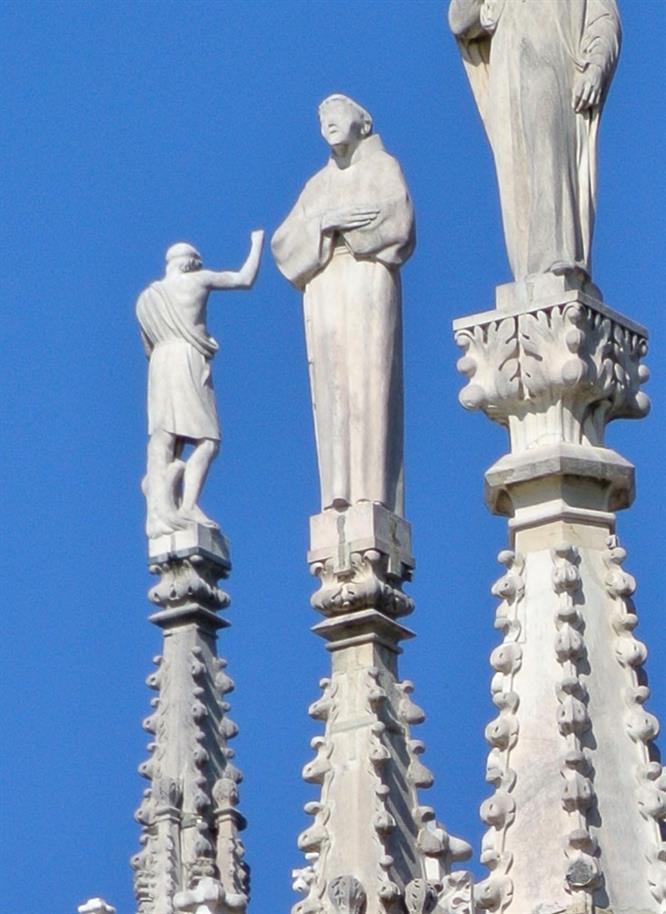
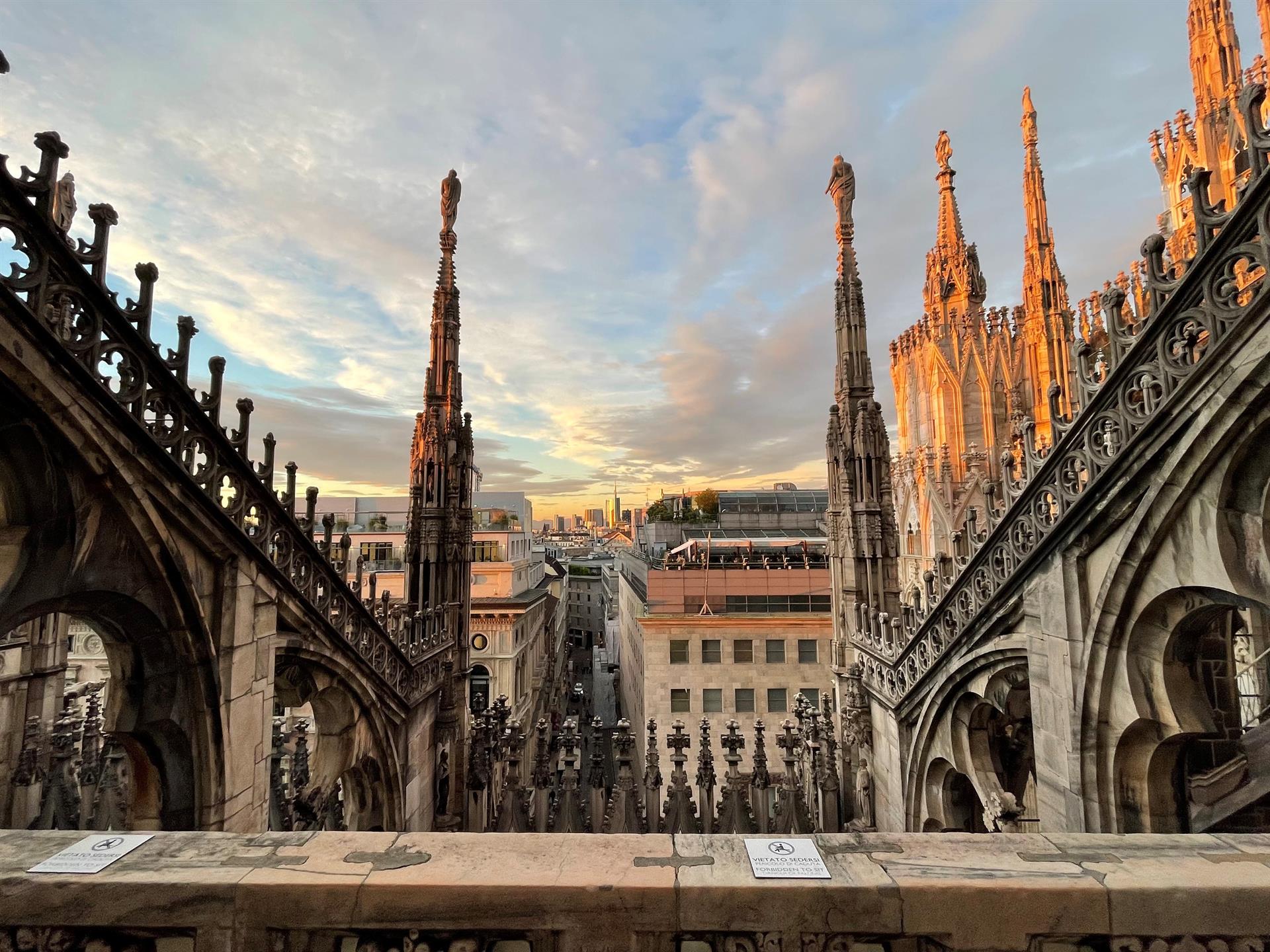
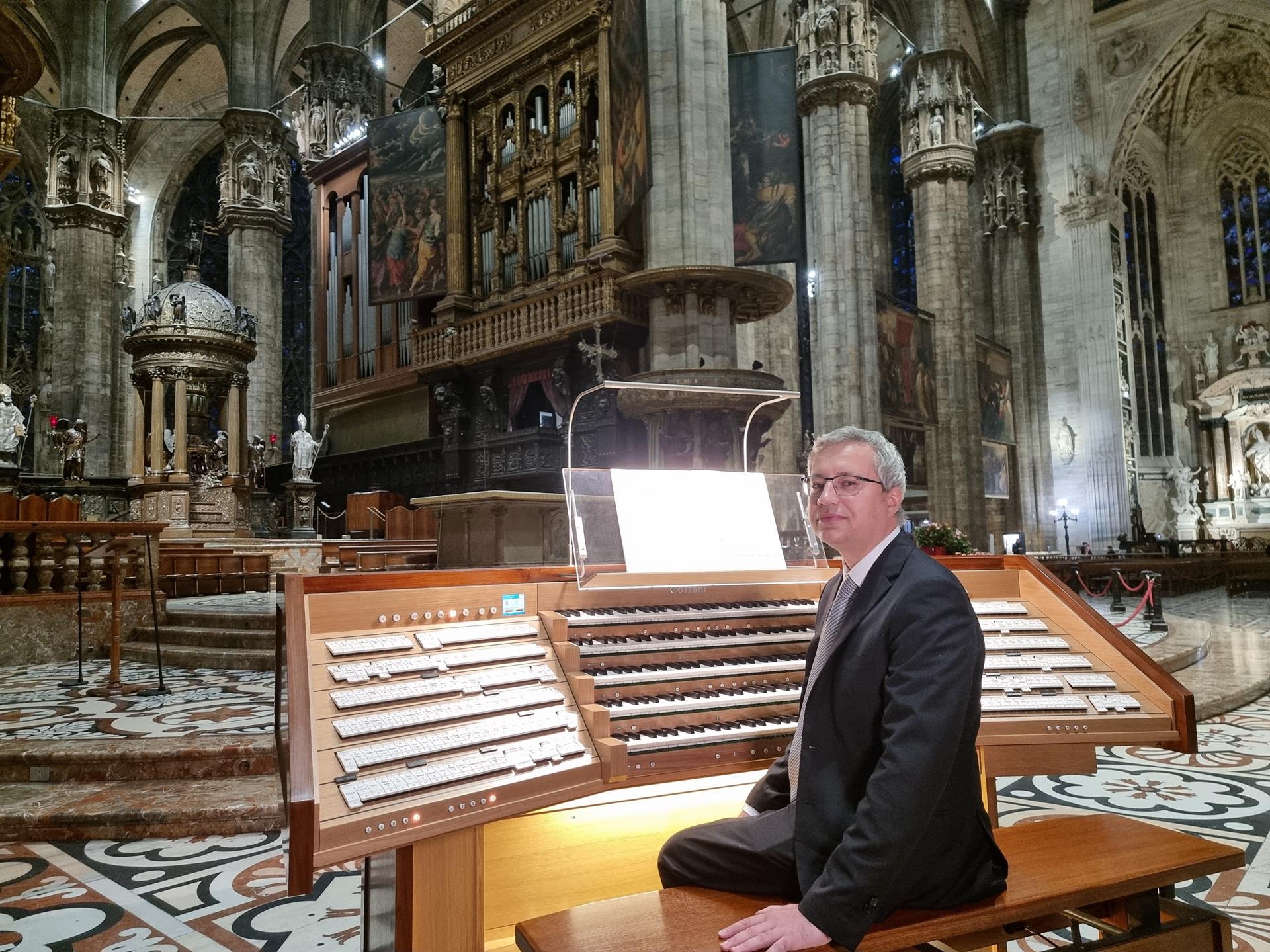
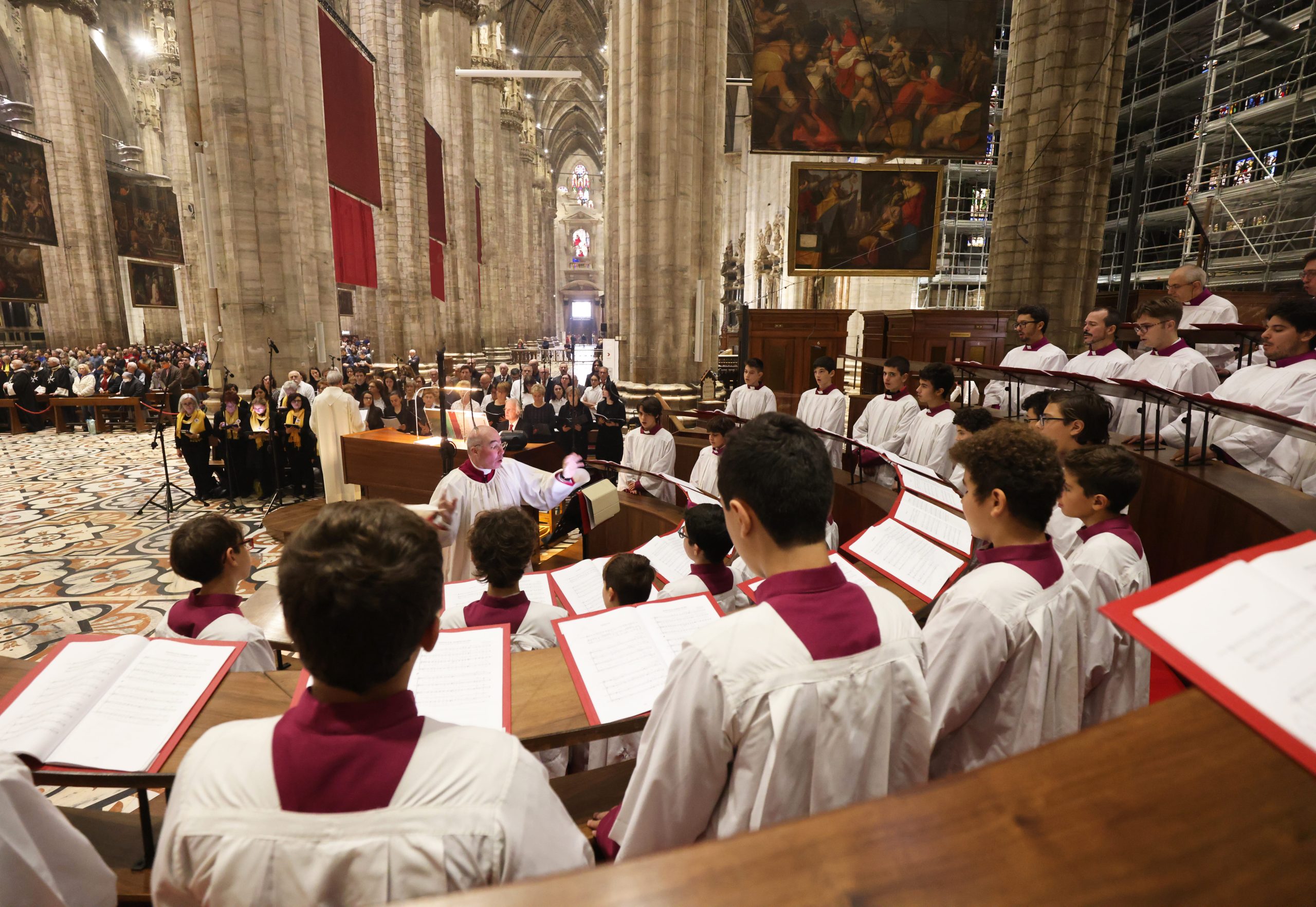
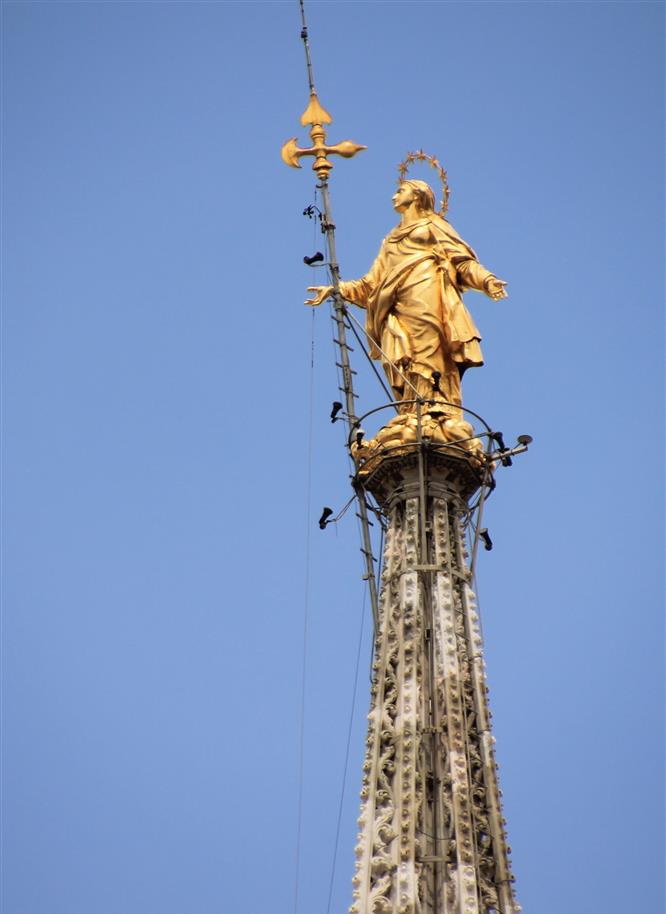
 Tiburio
Tiburio